Ancient history is filled with events that have shaped the course of human civilization in profound ways. From the discovery of fire to the rise and fall of powerful empires, these moments have left lasting impacts on culture, society, and technology. Understanding these significant events helps us appreciate the complexities of our past and the foundations upon which our modern world is built. This list highlights some of the most pivotal moments that changed the trajectory of history, offering insights into how they influenced the development of human society.
The Discovery of Fire
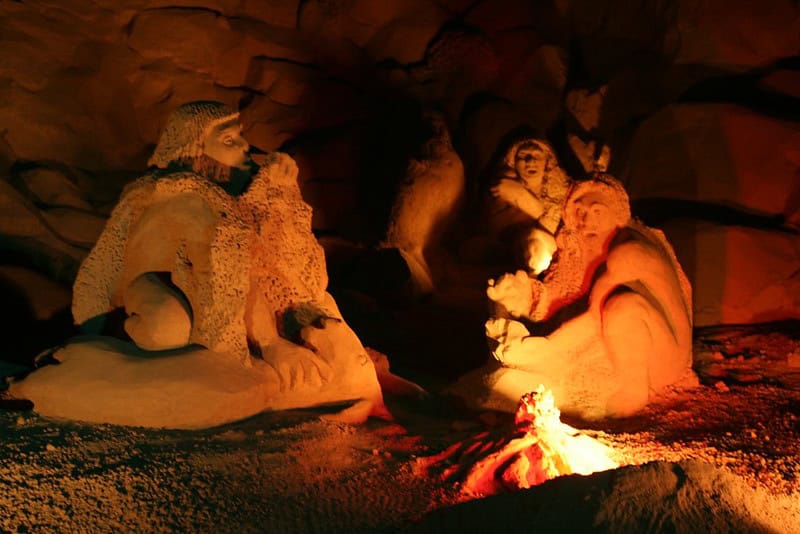
The discovery of fire marks one of the most crucial milestones in human history. Early humans learned to harness fire for warmth, protection, and cooking, fundamentally transforming their way of life. This mastery of fire enabled humans to expand into colder regions and significantly influenced their diet by allowing the consumption of cooked food. Fire also played a vital role in social bonding, as people gathered around it, sharing stories and experiences. This discovery set the foundation for future technological advancements, shaping the course of human evolution.
The Invention of the Wheel
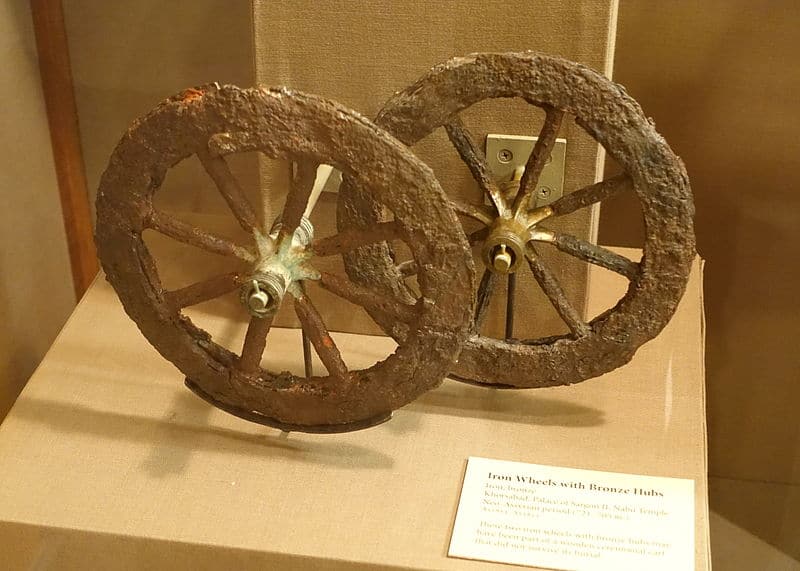
The invention of the wheel, around 3500 BCE in Mesopotamia, revolutionized transportation and labor. Before the wheel, humans relied on sleds and other rudimentary methods to move heavy objects. The wheel facilitated the development of carts and chariots, significantly enhancing trade and communication between distant regions. It also led to the creation of more complex machinery, contributing to the advancement of agriculture and industry. The wheel’s impact on society cannot be overstated, as it became a fundamental component in the progress of human civilization.
The Code of Hammurabi
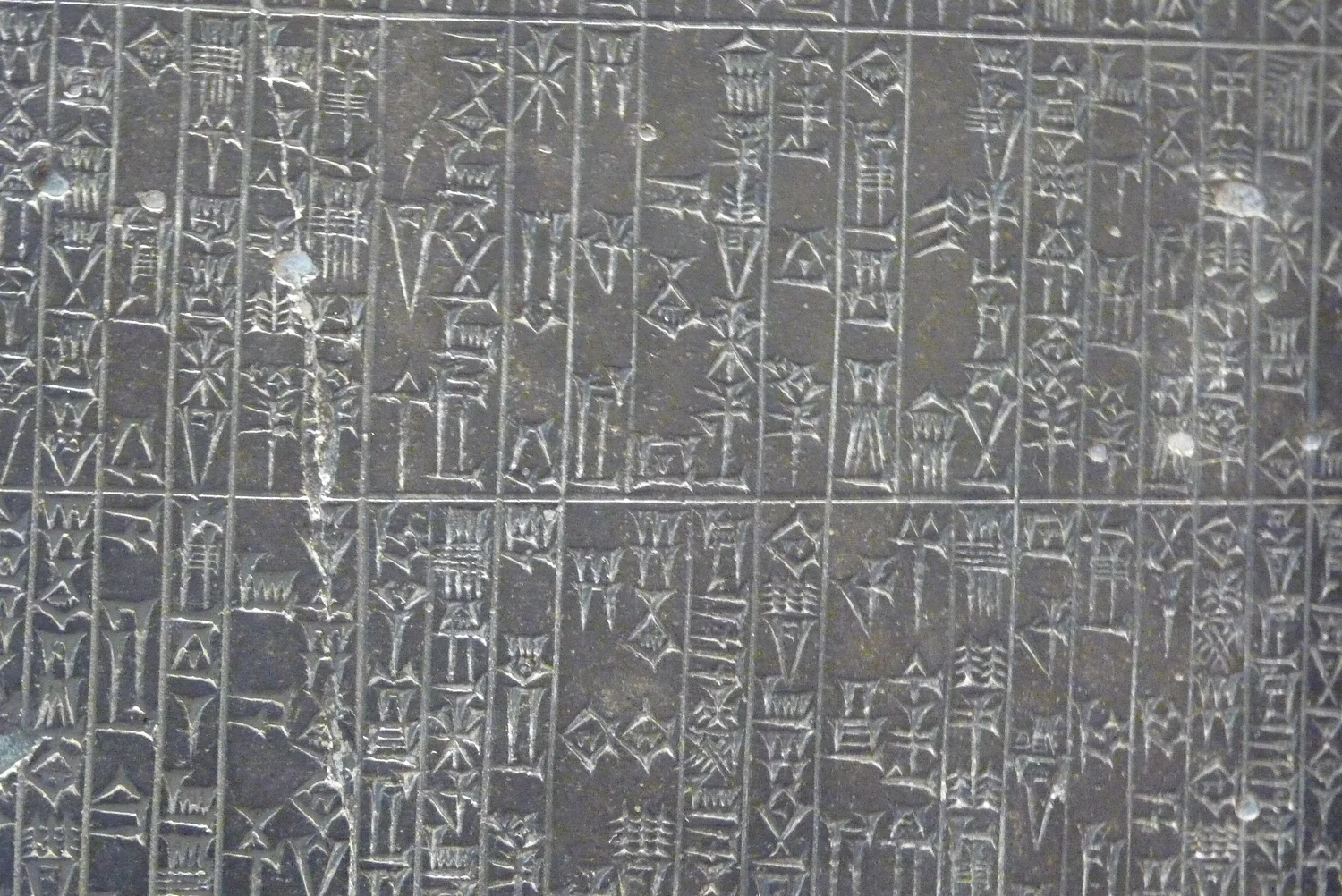
The Code of Hammurabi, established around 1754 BCE in Babylon, is one of the earliest and most comprehensive legal codes in history. This set of laws was inscribed on a stele and displayed publicly, ensuring that all citizens were aware of the rules governing their society. The code covered various aspects of daily life, including trade, property rights, and criminal behavior, and introduced the principle of “an eye for an eye.” Hammurabi’s code laid the groundwork for future legal systems, influencing the development of justice and governance in subsequent civilizations. It remains a symbol of the importance of law in maintaining social order.
The Building of the Pyramids of Giza

The construction of the Pyramids of Giza, around 2580-2560 BCE, stands as a testament to the architectural and engineering prowess of ancient Egypt. These monumental structures were built as tombs for Pharaohs and reflect the Egyptians’ deep religious beliefs in the afterlife. The Great Pyramid, in particular, was the tallest man-made structure in the world for over 3,800 years, showcasing the extraordinary skills of its builders. The pyramids also served as a focal point for the Egyptian economy, employing thousands of workers and spurring advancements in mathematics and astronomy. Their enduring legacy continues to captivate the imagination of people around the world.
The Reign of Ashoka the Great

Ashoka the Great, who ruled the Maurya Empire in India from 268 to 232 BCE, is remembered for his transformative leadership and promotion of Buddhism. After a particularly brutal conquest in Kalinga, Ashoka experienced a profound change of heart, leading him to embrace non-violence and the teachings of Buddha. He spread Buddhism across Asia by sending missionaries and erecting pillars inscribed with his edicts, which emphasized moral conduct and religious tolerance. Ashoka’s reign marked a turning point in Indian history, as he helped unify the subcontinent and promote a culture of peace and compassion. His legacy endures in the form of Buddhist monuments and the spread of the religion worldwide.
The Birth of Democracy in Athens
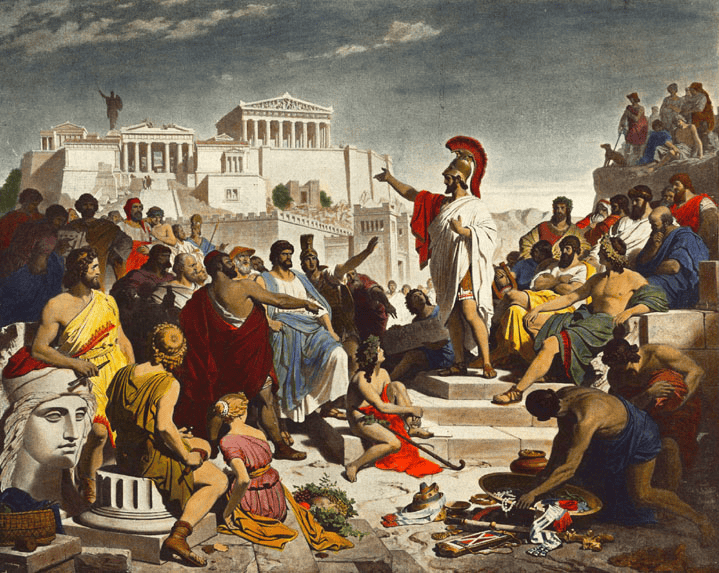
The birth of democracy in Athens around 508 BCE laid the foundation for modern democratic systems. Under the leadership of Cleisthenes, the Athenian government was restructured to allow greater participation by its citizens, introducing the concept of rule by the people. This radical shift in governance provided a model for future societies, emphasizing the importance of civic engagement and the protection of individual rights. Athenian democracy also fostered a flourishing of arts, philosophy, and science, contributing to the development of Western civilization. Despite its limitations, such as excluding women and slaves, the Athenian democratic experiment remains a pivotal moment in history.
The Conquests of Alexander the Great
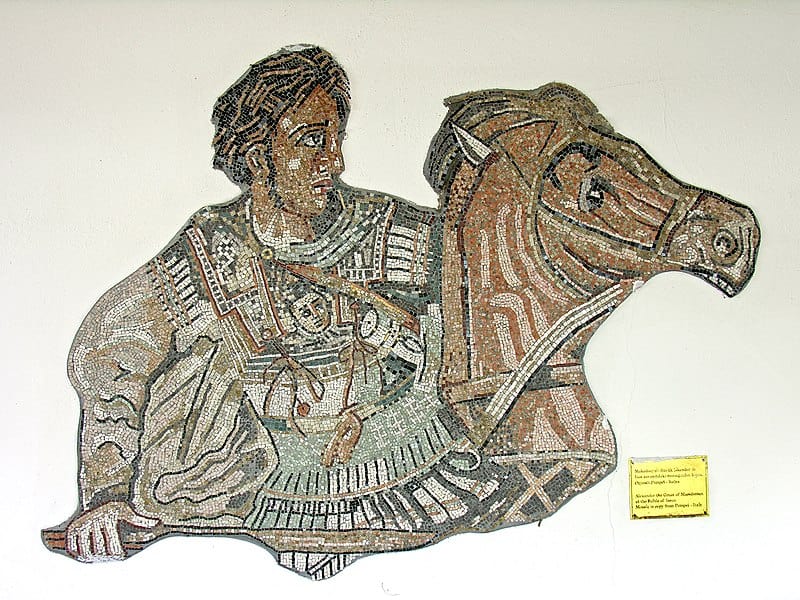
Alexander the Great’s conquests, beginning in 336 BCE, created one of the largest empires in history and significantly impacted the cultures of the ancient world. His military genius enabled him to defeat the Persian Empire and expand his territory from Greece to Egypt and India. Alexander’s policy of cultural integration, including the founding of cities like Alexandria, promoted the exchange of ideas, art, and technology across his empire. His conquests also facilitated the spread of Hellenistic culture, blending Greek, Persian, Egyptian, and Indian influences. Alexander’s legacy lived on long after his death, shaping the course of history in the regions he conquered.
The Fall of the Roman Republic

The fall of the Roman Republic in 27 BCE marked the transition from a republic to an empire, fundamentally altering the course of Roman history. This period of political turmoil and civil wars culminated in the rise of Augustus as the first Roman emperor, ending centuries of republican rule. The shift to an imperial system centralized power in the hands of a single ruler, leading to significant changes in governance and society. The Roman Empire’s subsequent expansion and consolidation brought about a period of relative peace and prosperity known as the Pax Romana. The fall of the Republic remains a critical moment in the history of governance and the evolution of empires.
The Life of Jesus Christ
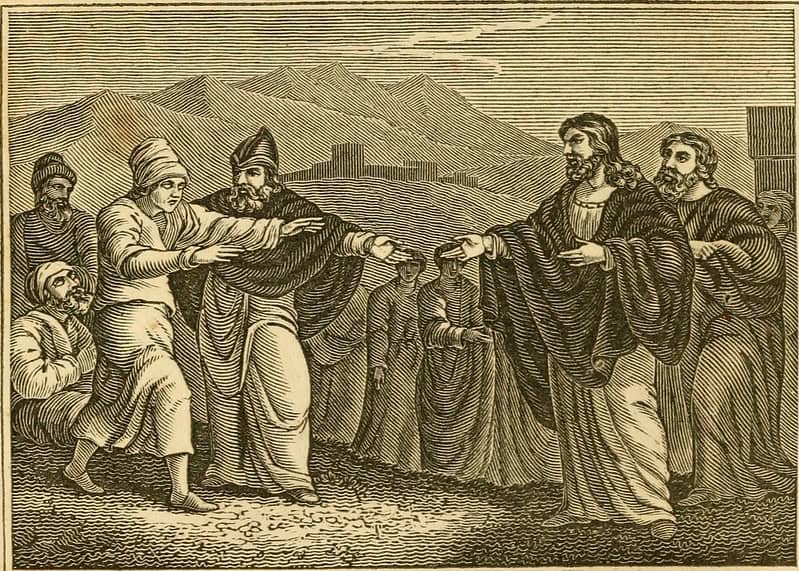
The life and teachings of Jesus Christ, around 4 BCE to 30 CE, have had an unparalleled influence on the course of human history. Jesus’ message of love, compassion, and forgiveness attracted a devoted following, leading to the establishment of Christianity as a major world religion. His crucifixion and resurrection, as recounted in the New Testament, became the cornerstone of Christian belief, inspiring countless generations of followers. Christianity spread rapidly throughout the Roman Empire and beyond, profoundly shaping the religious, cultural, and political landscape of the Western world. The life of Jesus Christ continues to inspire billions of people across the globe.
The Edict of Milan
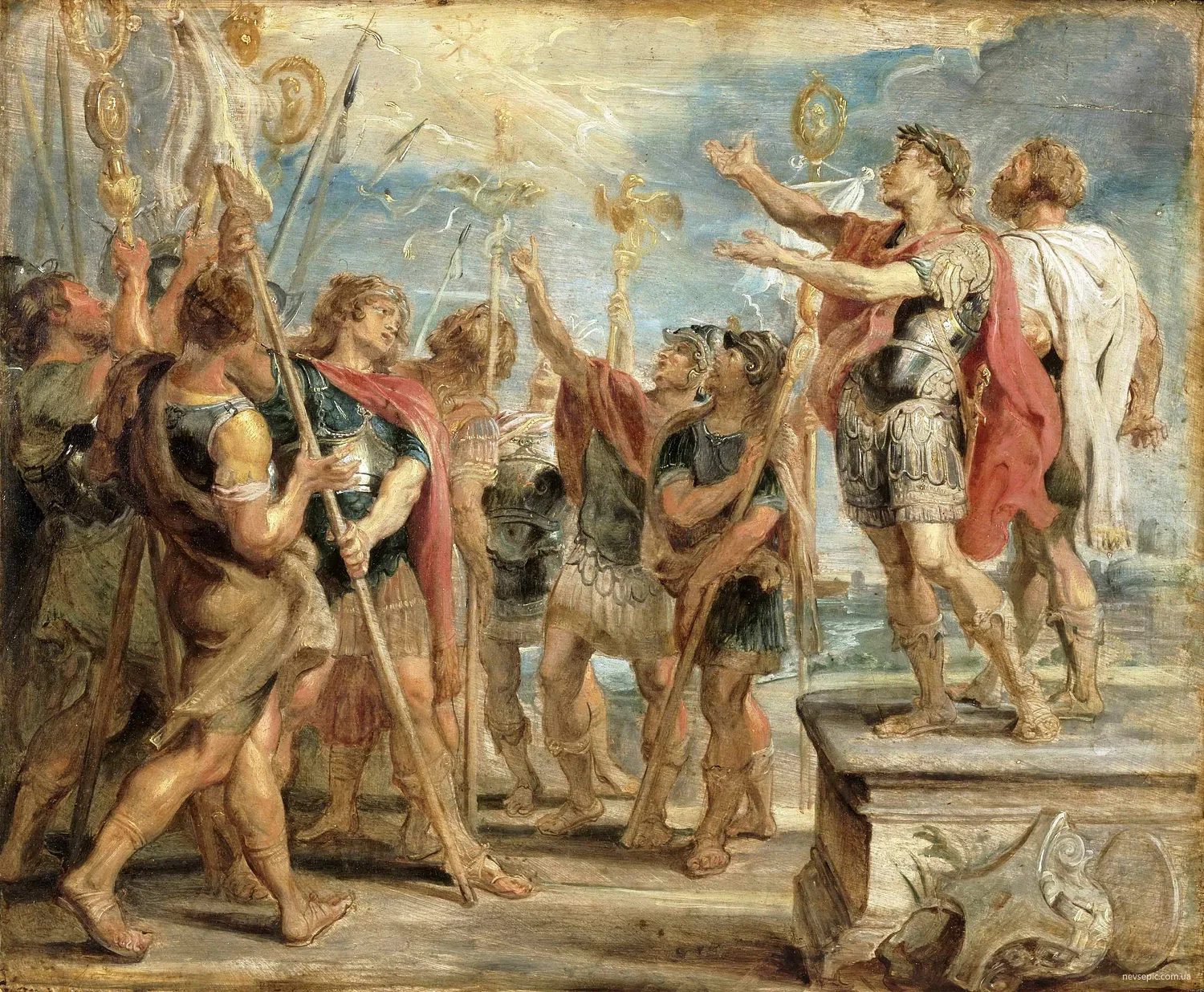
The Edict of Milan, issued in 313 CE by Emperor Constantine, marked a turning point in the history of Christianity and religious freedom. This decree granted religious tolerance to all religions within the Roman Empire, effectively ending the persecution of Christians and allowing them to practice their faith openly. Constantine’s support for Christianity paved the way for its eventual dominance in the Roman Empire and its influence on European culture and politics. The Edict of Milan also set a precedent for the protection of religious rights, contributing to the development of modern concepts of freedom of religion. This event remains a significant milestone in the history of religious tolerance.
The Fall of the Western Roman Empire
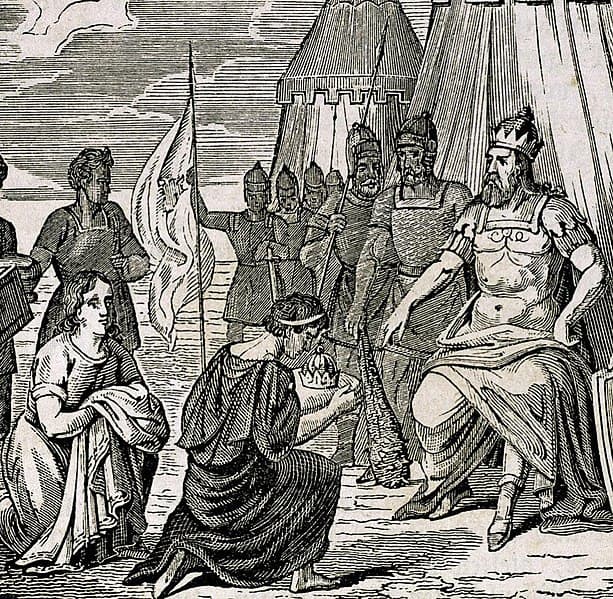
The fall of the Western Roman Empire in 476 CE signaled the end of ancient Rome’s dominance and the beginning of the Middle Ages in Europe. The decline of the empire was marked by internal strife, economic troubles, and invasions by barbarian tribes such as the Visigoths and Vandals. The deposition of the last Roman emperor, Romulus Augustulus, by the Germanic chieftain Odoacer, is often considered the symbolic end of the Western Roman Empire. This event led to the fragmentation of Europe into smaller, often warring kingdoms, and the gradual rise of feudalism. The fall of Rome had lasting repercussions, shaping the political and cultural landscape of medieval Europe.
The Rise of the Islamic Caliphates
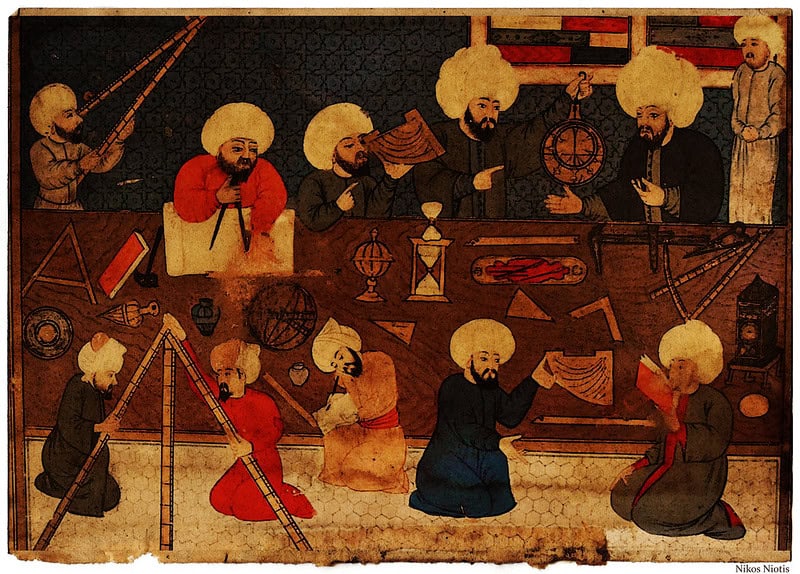
The rise of the Islamic Caliphates, beginning in the 7th century CE, transformed the political and cultural landscape of the Middle East and beyond. Following the death of the Prophet Muhammad, the Rashidun and Umayyad caliphates rapidly expanded, spreading Islam across vast territories, from Spain to India. The caliphates became centers of learning and culture, preserving and advancing knowledge in fields such as mathematics, medicine, and astronomy. This period of Islamic expansion also facilitated trade and cultural exchange between the East and West, contributing to the development of the medieval world. The legacy of the caliphates continues to influence the modern Islamic world.
The Black Death

The Black Death, which swept across Europe from 1347 to 1351, was one of the deadliest pandemics in human history. This bubonic plague killed an estimated 25 to 30 million people, drastically reducing the population and causing profound social and economic upheaval. The widespread death led to labor shortages, weakening the feudal system and contributing to the rise of the working class. The plague also had a significant impact on art, religion, and culture, as people sought to make sense of the suffering and mortality around them. The Black Death remains a grim reminder of the vulnerability of human societies to disease.
The Invention of Writing

The invention of writing, which first emerged in Sumer around 3200 BCE, revolutionized the way humans communicated and recorded information. Writing systems such as cuneiform and hieroglyphics allowed civilizations to document laws, religious texts, and historical events, preserving knowledge for future generations. This development marked the beginning of recorded history and enabled the growth of complex societies by facilitating trade, governance, and education. Writing also played a crucial role in the spread of ideas and the development of literature and philosophy. The invention of writing is a cornerstone of human civilization, shaping the way we understand and interact with the world.
The Discovery of Agriculture
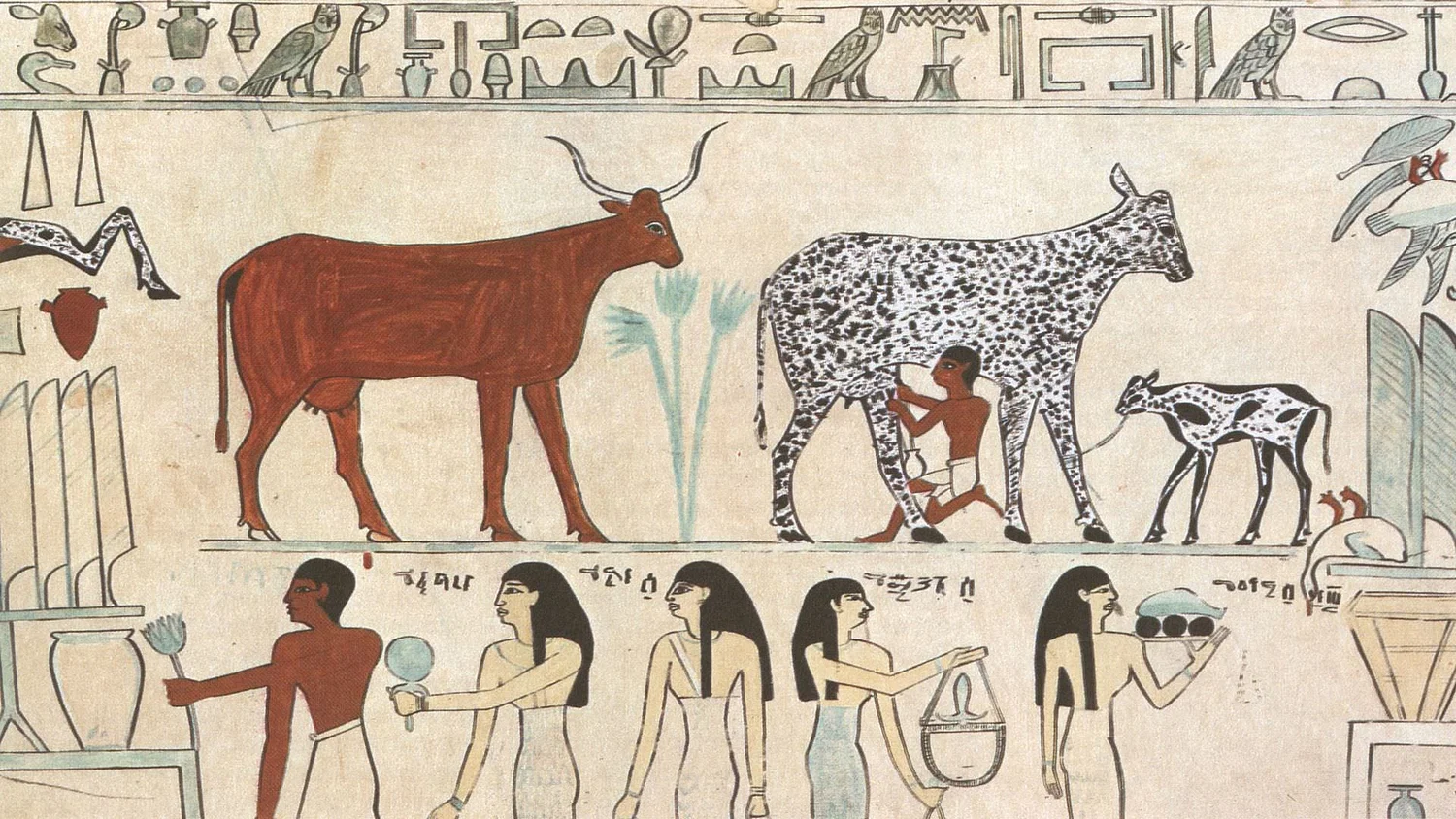
The discovery of agriculture, around 10,000 BCE during the Neolithic Revolution, transformed human societies from nomadic hunter-gatherers to settled agriculturalists. This shift allowed for the domestication of plants and animals, leading to the development of permanent settlements and the rise of civilizations. Agriculture provided a stable food supply, supporting population growth and the division of labor, which in turn led to technological and social advancements. The surplus of food enabled the establishment of trade networks and the accumulation of wealth, laying the foundation for complex societies. The advent of agriculture remains one of the most significant turning points in human history.
This article originally appeared on Rarest.org.
More From Rarest.Org

Aquarium enthusiasts often seek out rare and exotic fish to add a touch of uniqueness to their collections. From the vibrant Discus Fish to the striking Platinum Arowana, these aquatic treasures captivate with their beauty, rarity, and unique care requirements. Read more.


